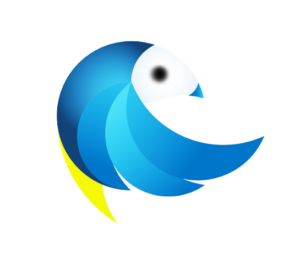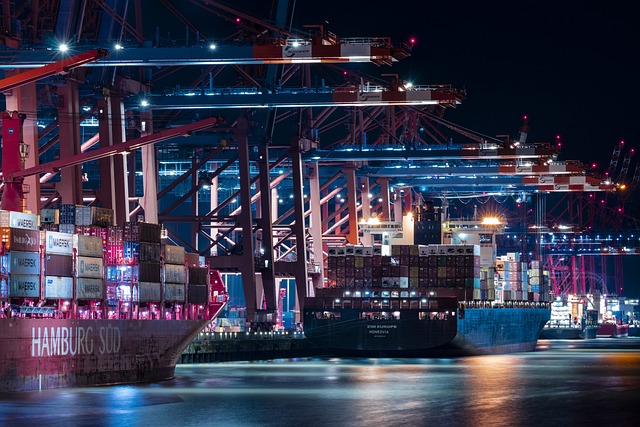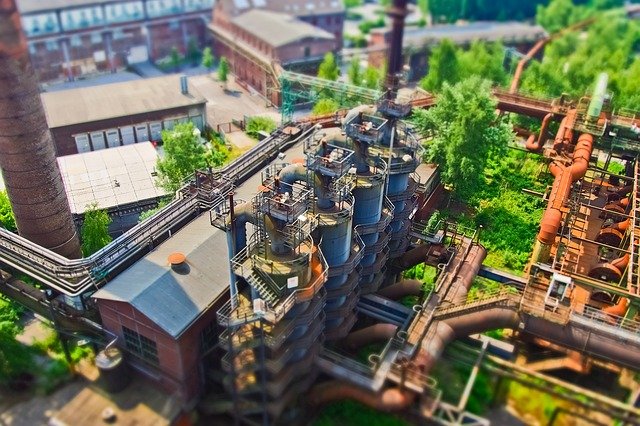The 20th century have seen two key steps in the Industrialization process, such as the Mechanization era and the mass production era.
The technology sold to customers has become less expensive due to experience and the manufacturers have to obligation to multiply the production sites in order to serve the new market’s needs, first in Europe and USA, but then including Asia.
This global market evolution has created the need to have more distant production plants world-wide and to be able to monitor and coordinate the production at a global scale.
The remote monitoring was then the solution, in order to continually obtain the best production cost by monitoring stocks level, planning the maintenance, reducing the non-production time, and working on the technical upgrade of production assets. Such centralized solution would then allow cost reduction scale of the mass production assets cost of ownership.
The utilization of Sensors and communication systems such as internet, CAN busses have allowed the equipment to communicate information to central monitoring systems, allowing corporate Operation teams in charge of the production world-wide, to meet budgeted operation costs.
The objective was to optimize the Total Cost of Ownership (TCO), by region and to be located as near as the consumers world-wide.
The TCO calculation includes:
- The cost of the production creation which is linked to the cost of the land and production capacity or number of equipment needed.
- The operational cost, including the maintenance cost (MTTR), non-production cost (MTBF) and cost of consumable in the location.
- The cost to shut down the production site (But so often avoided)
The Costs of production can be certainly managed by:
- Corporate Purchasing Strategy in order to build production sites at the most economical cost, by including the most innovative technologies, by monitoring the sub-contractor’s performance on the operation scheduled.
- Operation Excellence Team in charge of the planification of the technical operation such as Maintenance and technical upgrades and the operation performance in order to meet the production volumes required.
In 1985, we started to see MRO solution with the development of It tools. It was now possible to manage multiple production sites, multiple spares stocks, multiple outsources technical team and the auto ordering of spares required.
Such solution was now giving the possibility to design the monitoring screen by selecting and grouping key indicators in the dashboards, including sensors installed remotely on equipment located in multiple production sites.
The MRO was also giving the opportunity to estimate and plan the resources needed in term of number of technicians for the scheduled maintenance and align the production time to the market needs with an optimized spare parts stocks management which are linked to the vendors lead time and activities level.
Another key element was certainly the objective to reach the same level of performance on each production site by distributing technical procedures online and by implementing new quality standards required for the ISO 9001 international standards.
Making the MRO solution as a complete solution for driving remotely multiple sites at a pre-determined budget.
Indonesian Supplies team have worked on the development and deployment of such solutions in multiple industrial and medical related projects and always managed to obtain significant results. Indonesian Supplies remains committed to deploy the IoT technology with its members in order to continue in this industrial adventure.
Nowadays the major’s IT companies such as IBM, Oracle and others have developed their fully integrated cloud solutions, as presented in our publications.




